
Restless leg syndrome is a medical condition which can be characterized by strange itchiness, tickling and other weird sensations which tend to occur under the skin. This medical condition is also sometimes referred to as Wittmaack-Ekborn’s syndrome.
Restless Leg Syndrome Signs
The person who suffers from these symptoms commonly moves his or her legs in order to compensate for the painful, uncomfortable or weird sensations. The syndrome is known for commonly affecting the legs but it may also be present in the arms and the torso. The involuntarily movement of the legs usually does provide some relief and eases the uncomfortable sensations, but unfortunately relief is only temporary in most cases.
Restless Leg Syndrome Causes and Symptoms
Restless leg syndrome mostly affects people who lead sedentary lifestyles and it commonly gets worse while the person is resting. The process of aging also tends to worsen the condition. It is not that uncommon for the restless leg syndrome to be accompanied by insomnia. The symptoms of the restless leg syndrome include aching, burning, tingling, jittery, crawling and other similar types of uncomfortable sensations which may occur in the feet, calves, thighs, torso and arms. The symptoms are commonly worsened during the night.
Home Remedies
One of the best ways to relax the muscles is to soak them in a warm bath and massage the legs each day on a regular daily basis. Proper exercise regimes may also be of great help. If a person is not able to indulge in such regimes, walking a lot may also be very helpful in some cases. Exercising should be moderate, because extensive exercise regimes may only aggravate the symptoms of the condition. Perhaps the best type of exercises for those who suffer from restless leg syndrome are stretching exercises. The unpleasant sensations associated with the restless leg syndrome may also be alleviated by applying cold or warm compresses to the affected areas of the body.
Lifestyle Changes
Stress is one of the most common triggering factors of the restless leg syndrome so it may be a good idea to take up some relaxation techniques such as yoga and meditation. It is also very important to reduce the consumption of coffee, tea and other types of beverage which contain caffeine. The consumption of alcohol and tobacco products should also be avoided. The diet needs to be changed so that it contains plenty of food items which are loaded with precious nutrients such as vitamins, minerals, dietary fiber and others.



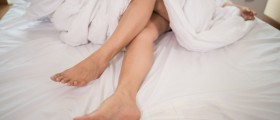
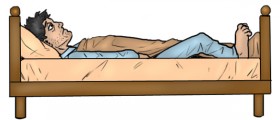


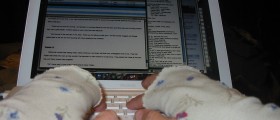




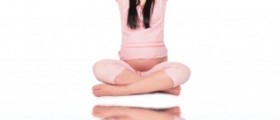
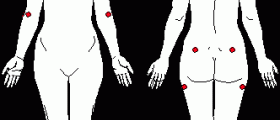

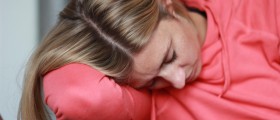

Your thoughts on this
Loading...